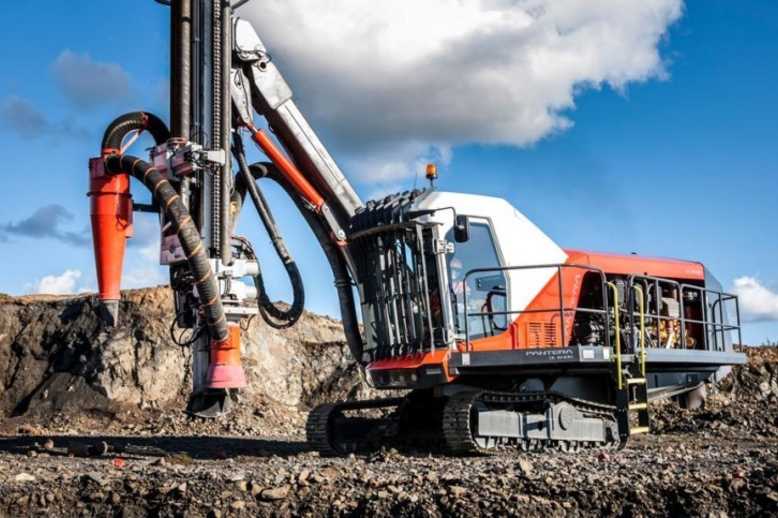Sandvik Mining and Rock Technology says it is revising its business model, shifting to a ‘direct to customer’ model for mining and construction customers in most of the territories in Central and Western Africa currently serviced by Sandvik’s Distributor, BIA.
Nuhu Salifu, Vice President of Sales Area West Africa says that BIA will cease the distribution and support of Sandvik equipment in Senegal, Cote D’Ivoire, Mauritania, Burkina Faso, Guinea, Sierra Leone, Liberia, Niger, Cameroon, Togo, Benin, Democratic Republic of Congo and Republic of Congo after the notice period, ending on October 30th.
Salifu also clarified that there will be no change to the current way of working and BIA will provide an uninterrupted supply of products and service in the region, including to current Sandvik equipment users. BIA and Sandvik will also collaborate on a seamless handover to Sandvik, ensuring no impact on customers’ operations.
Related:South Africa publishes proposed mine safety rules for Covid-19
“Africa boasts a growing, young workforce and vast natural resources. We see the demand for mining continuing to rise across the continent. Sandvik is honored to serve this vast market,” said Mr Salifu.
He said that the company was looking forward to working with BIA during the transition period on a mutual solution to continue helping to improve customers’ productivity through technology and services.
“Regardless of the model, we remain steadfastly committed to providing our high-quality products and services to our customers who are seeking to operate more safely and productively,” he added.
“We stand behind the integrity and values of Sandvik and will continue to work with our dedicated service teams to provide the best customer service and support.”
The company, Mr Salifu said, will continue to take concrete and sustainable steps to build outstanding distribution network to sever customers better.
Sandvik believes that the Direct to Customer model will allow the company to explore new and innovative ways to bring premium products to the market and ultimately reach new customers.
Also Read
Africa needs $20b annually to address power shortage-report

